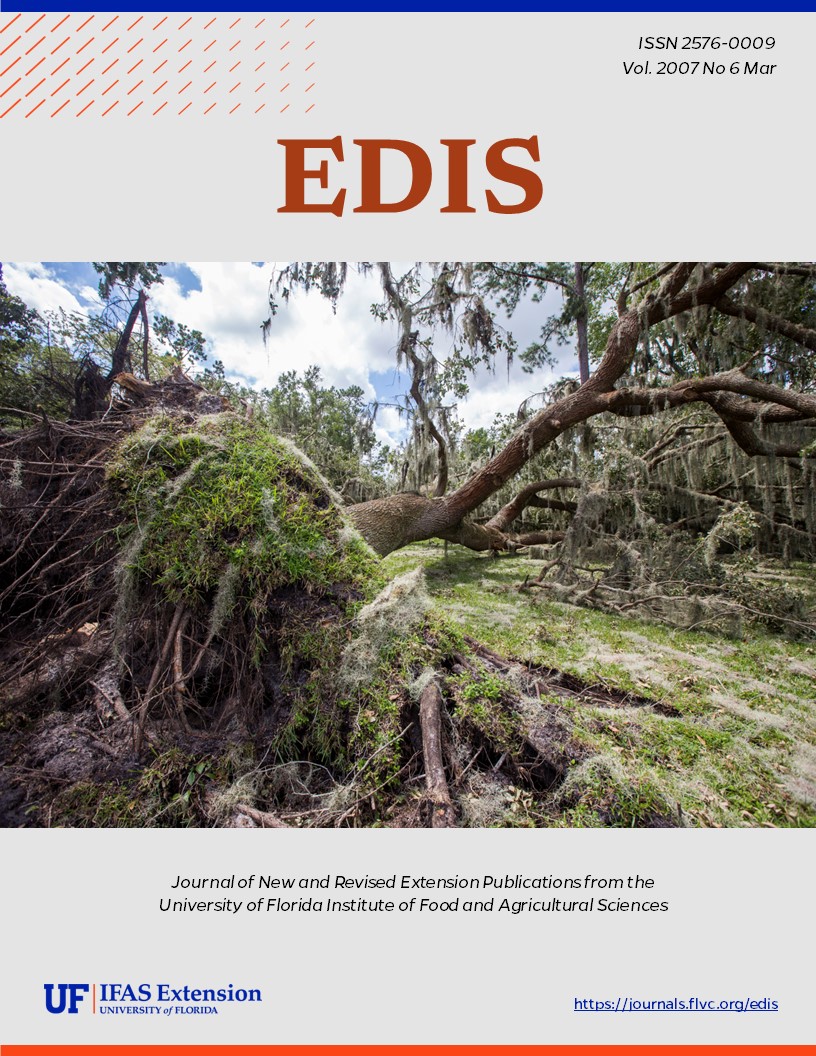Abstract
EENY-394, a 5-page illustrated fact sheet by John L. Capinera, describes this "true armyworm", a light reddish brown nocturnal moth bundant in North America east of the Rocky Mountains, whose larvae are notorious for appearing out of nowhere to inflict a high level of defoliation in grain crops. Includes selected references. Published by the UF Department of Entomology and Nematology, October 2006.
EENY-394/IN702: Armyworm, Mythimna unipuncta (Haworth) (Insecta: Lepidoptera: Noctuidae) (ufl.edu)
References
Breeland SG. 1958. Biological studies on the armyworm, Pseudaletia unipuncta (Haworth), in Tennessee (Lepidoptera: Noctuidae). Journal of the Tennessee Academy of Science 33: 263-347.
Capinera JL. 2001. Handbook of Vegetable Pests. Academic Press, San Diego. 729 pp.
Guppy JC. 1961. Life history and behaviour of the armyworm, Pseudaletia unipuncta (Haw.) (Lepidoptera: Noctuidae), in eastern Ontario. Canadian Entomologist 93: 1141-1153. https://doi.org/10.4039/Ent931141-12
Guppy JC. 1969. Some effects of temperature on the immature stages of the armyworm, Pseudaletia unipuncta (Lepidoptera: Noctuidae), under controlled conditions. Canadian Entomologist 101: 1320-1327. https://doi.org/10.4039/Ent1011320-12
McNeil JN. 1987. The true armyworm, Pseudaletia unipunctata: a victim of the Pied Piper or a seasonal migrant? Insect Science and its Application 8: 591-597. https://doi.org/10.1017/S1742758400022657
Wilkerson JL, Webb SE, Capinera JL, Fasulo TR. (2005). Vegetable Pests III: Lepidoptera. UF/IFAS CD-ROM. SW 182.

